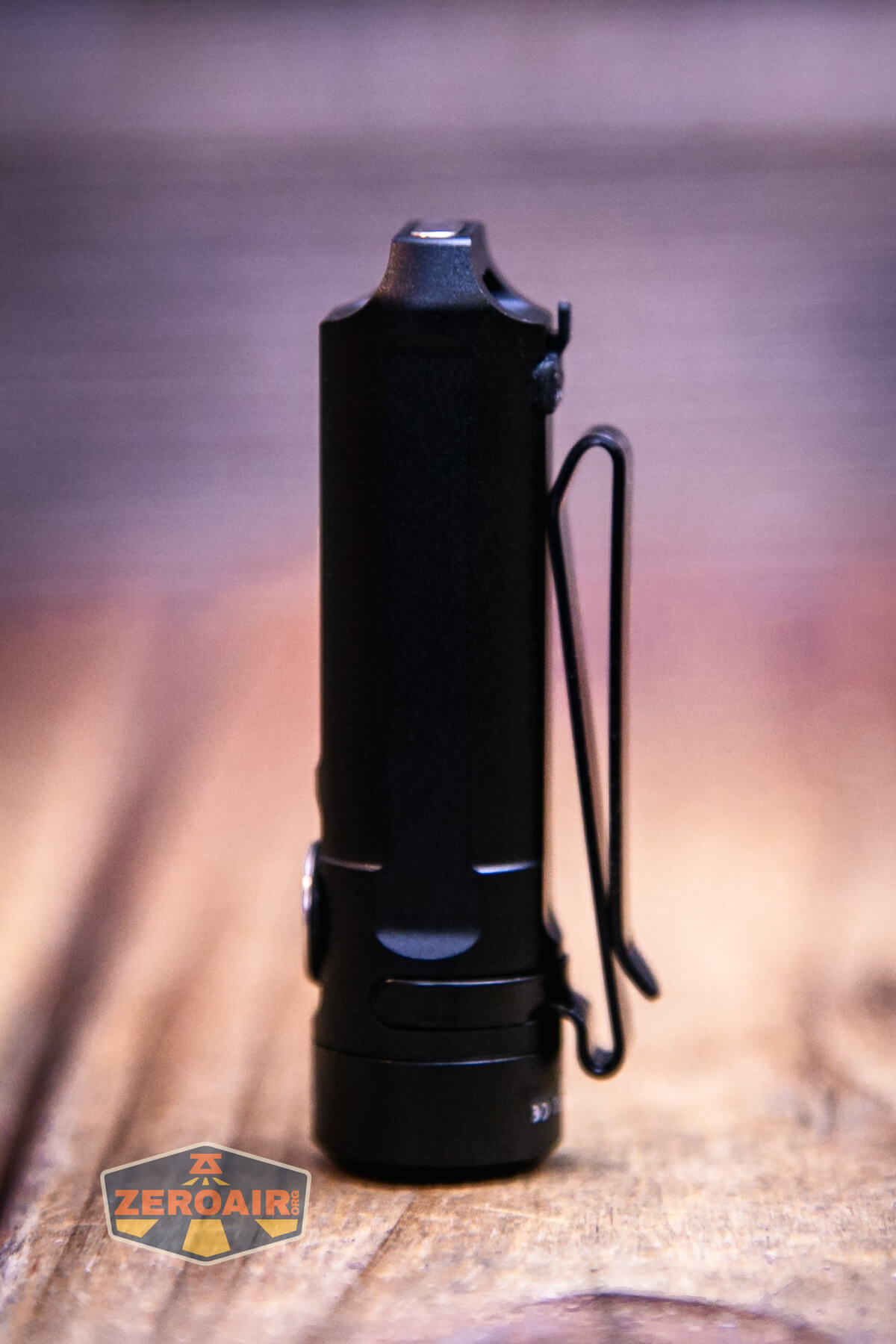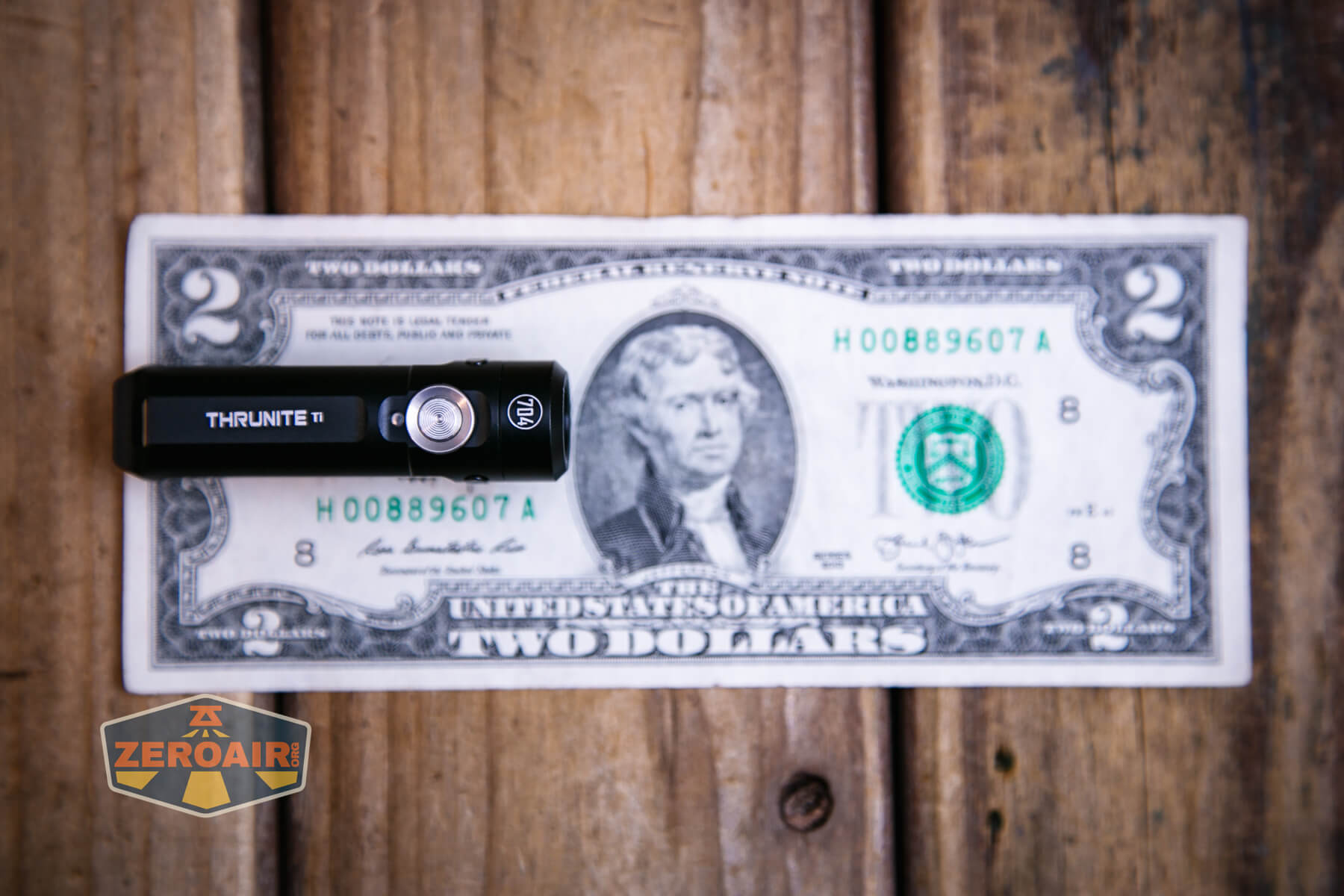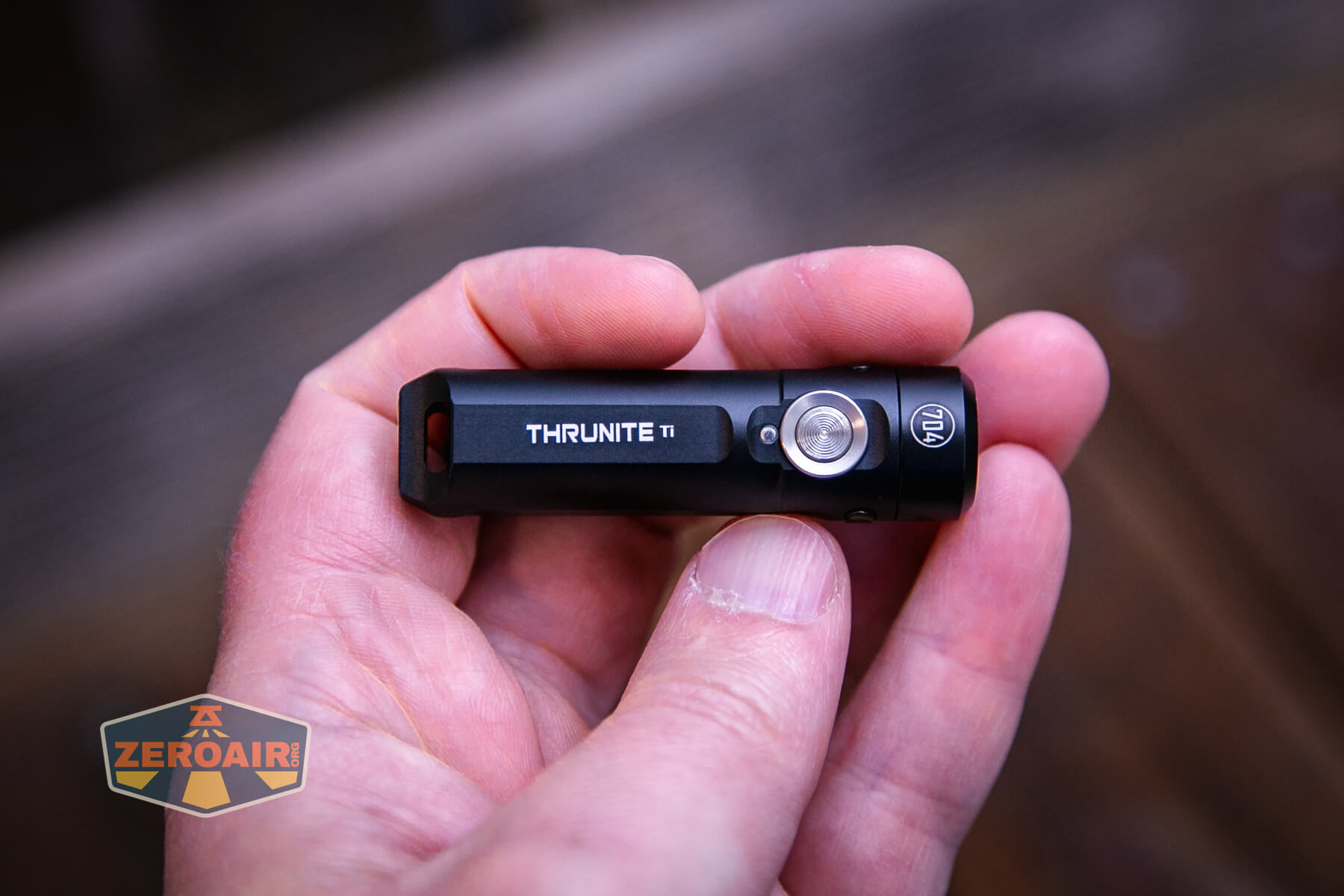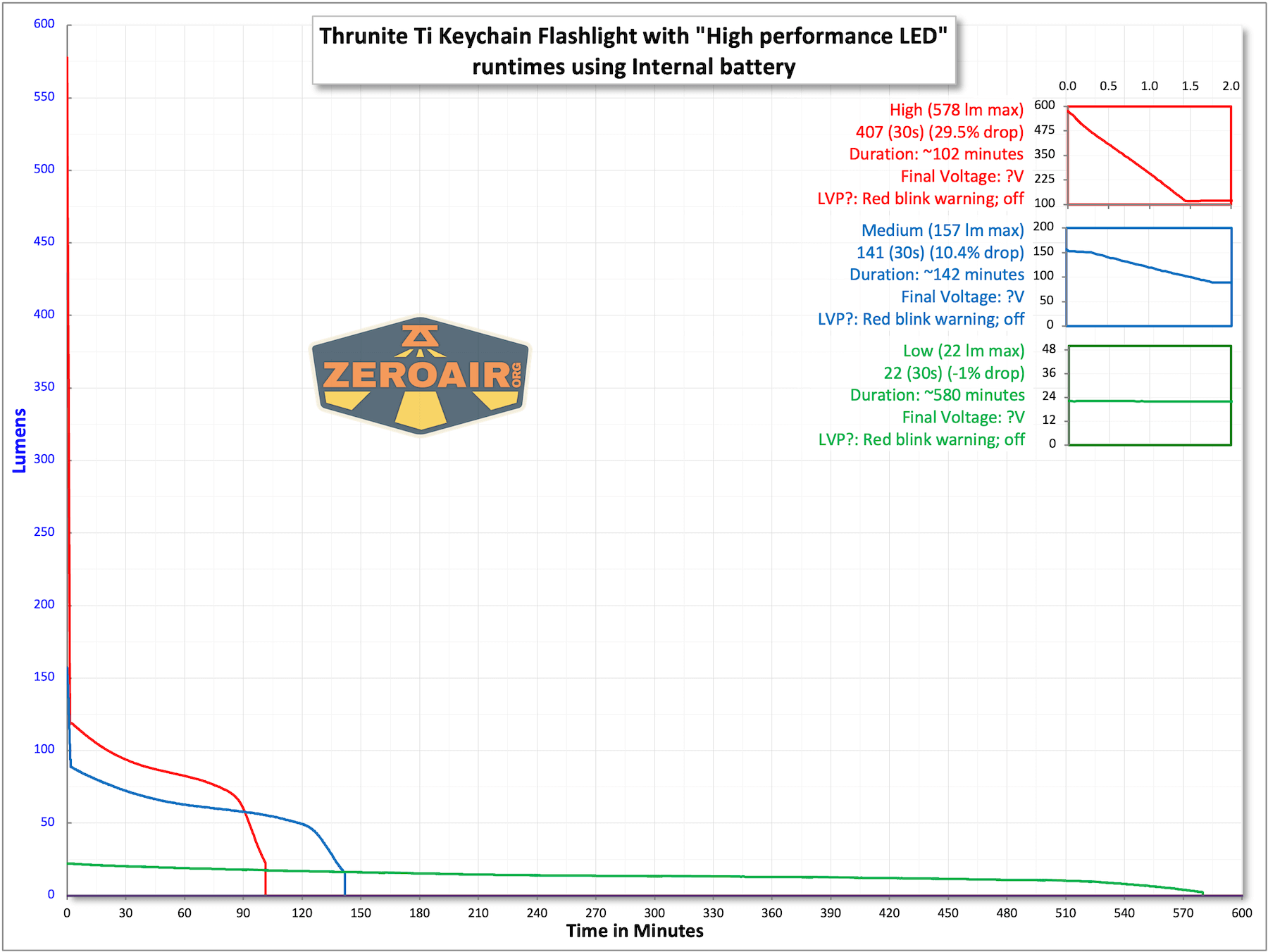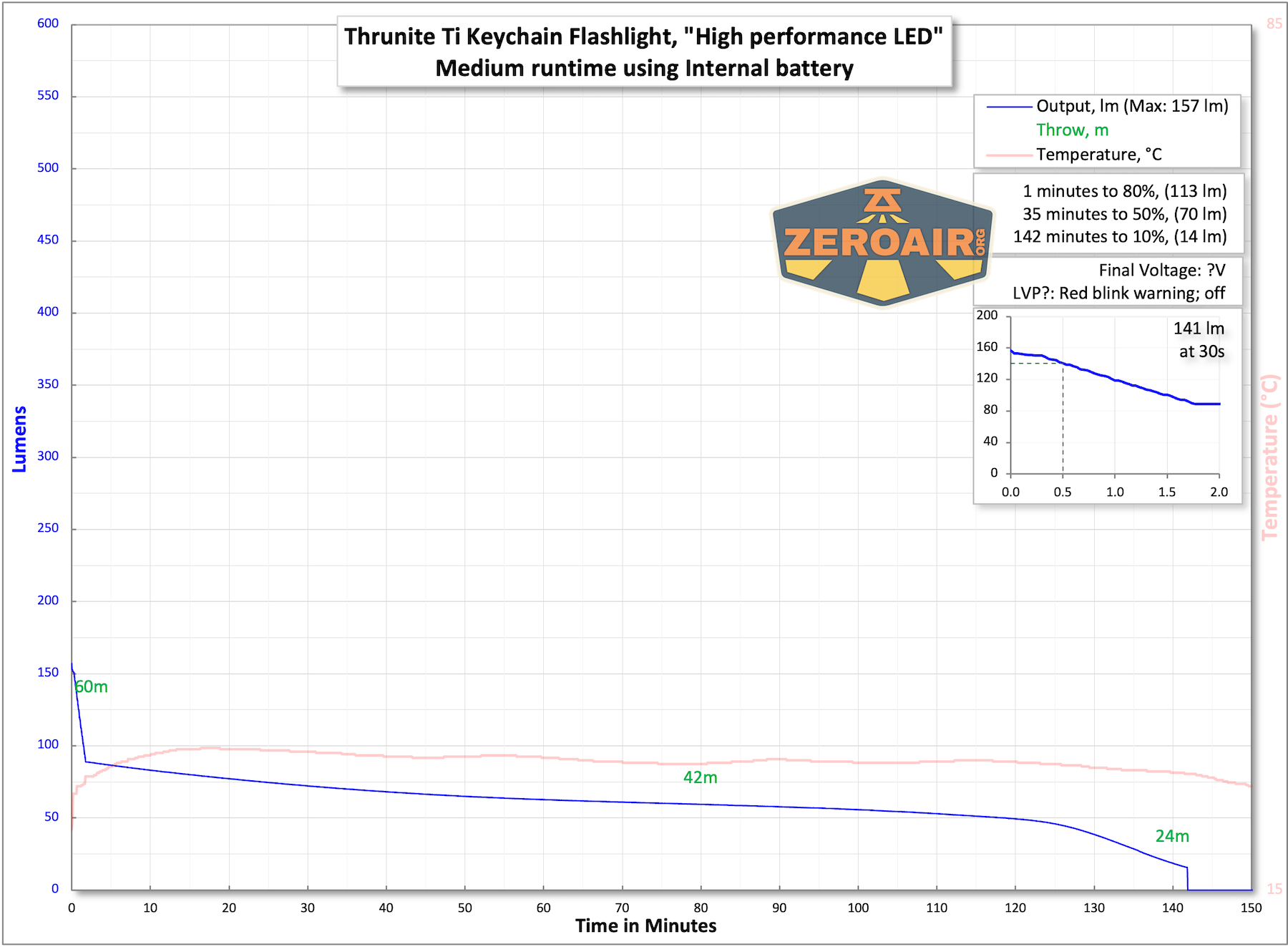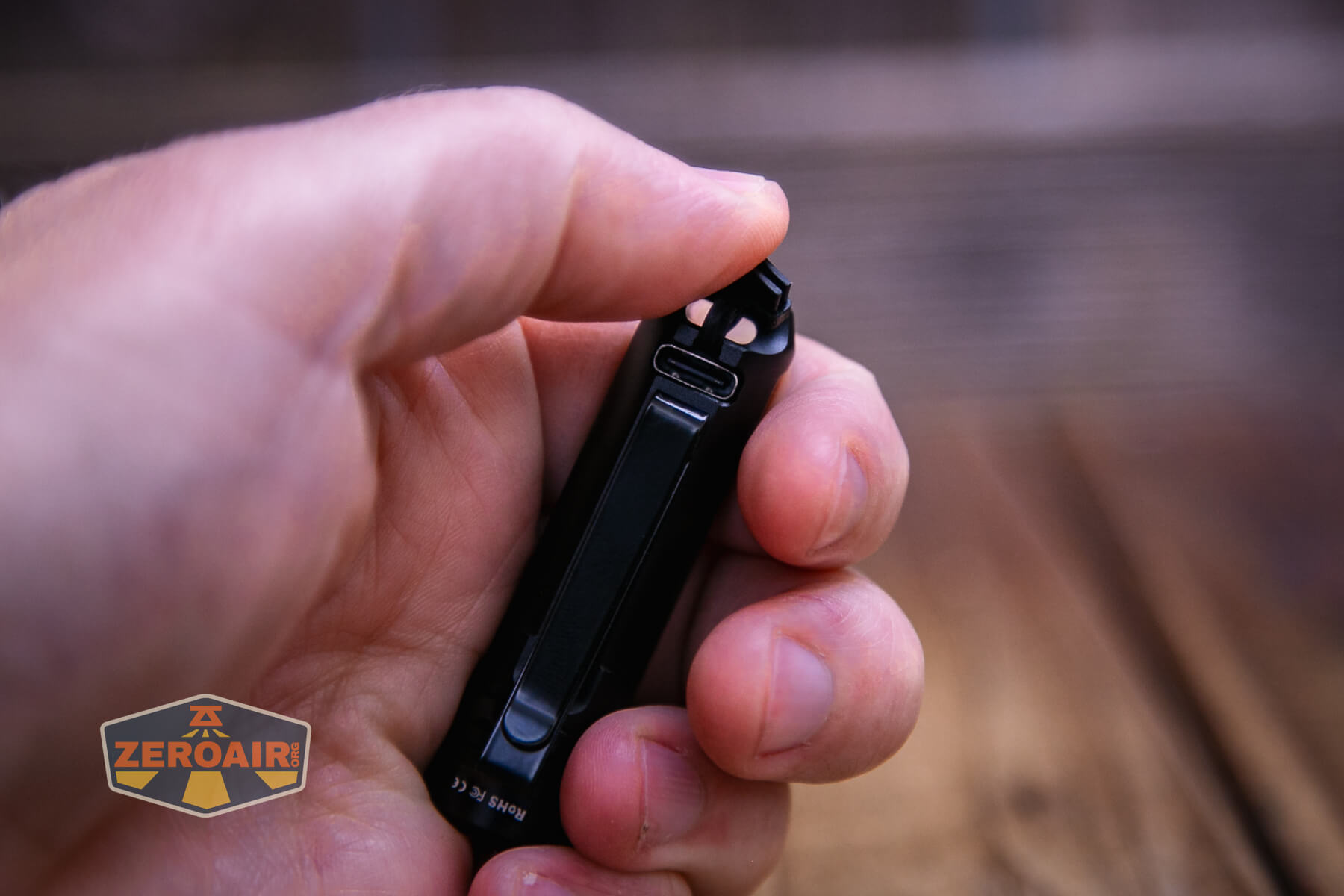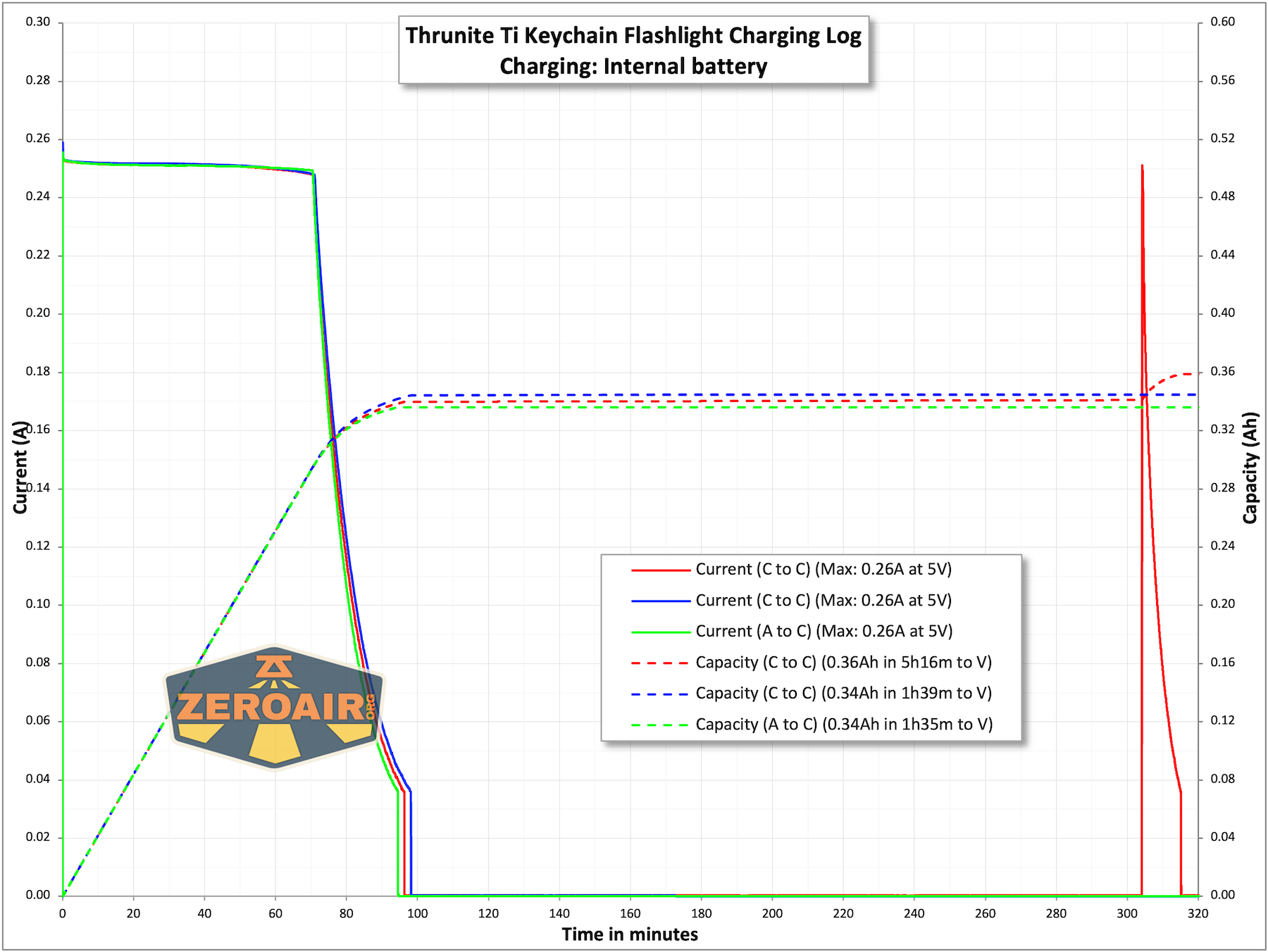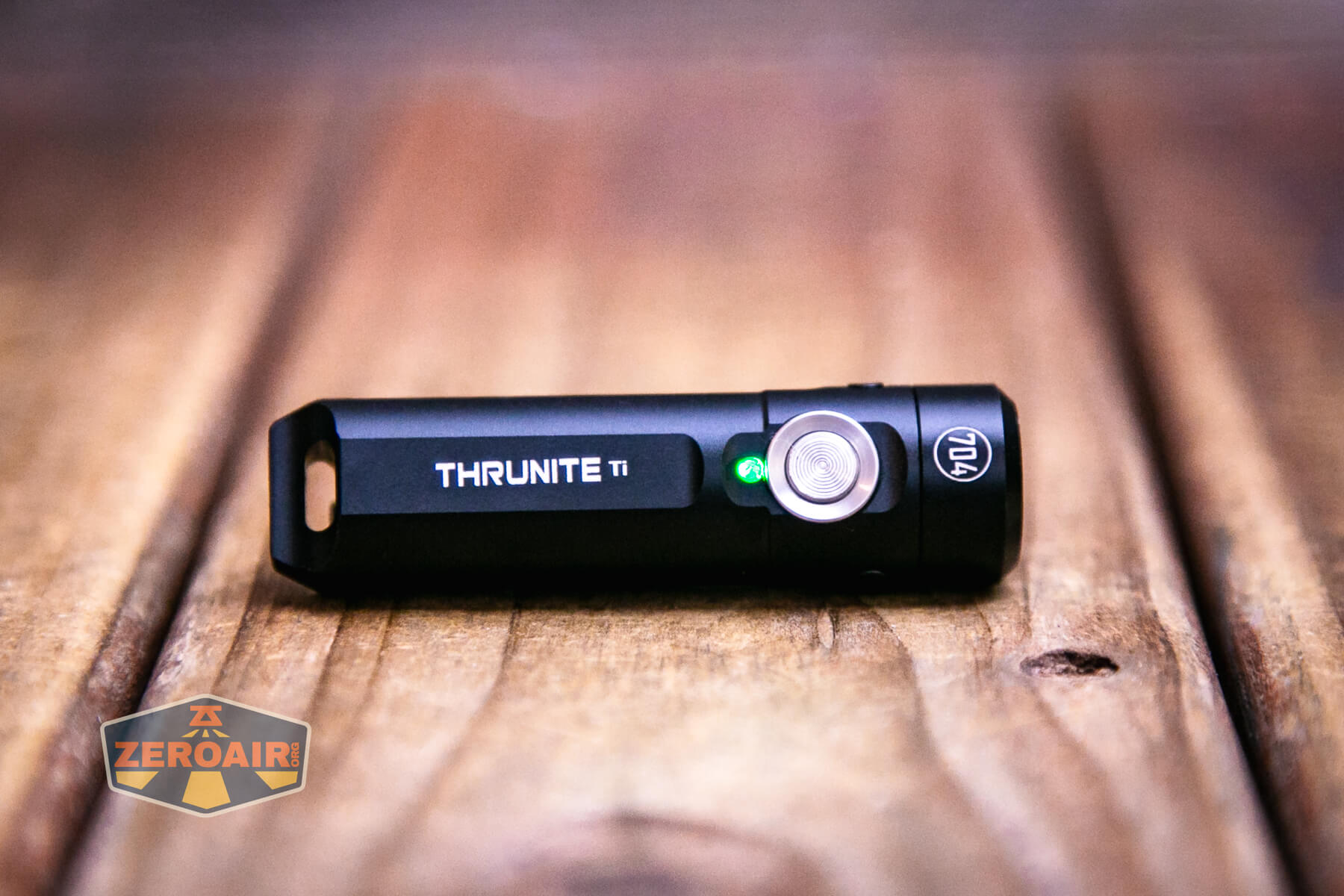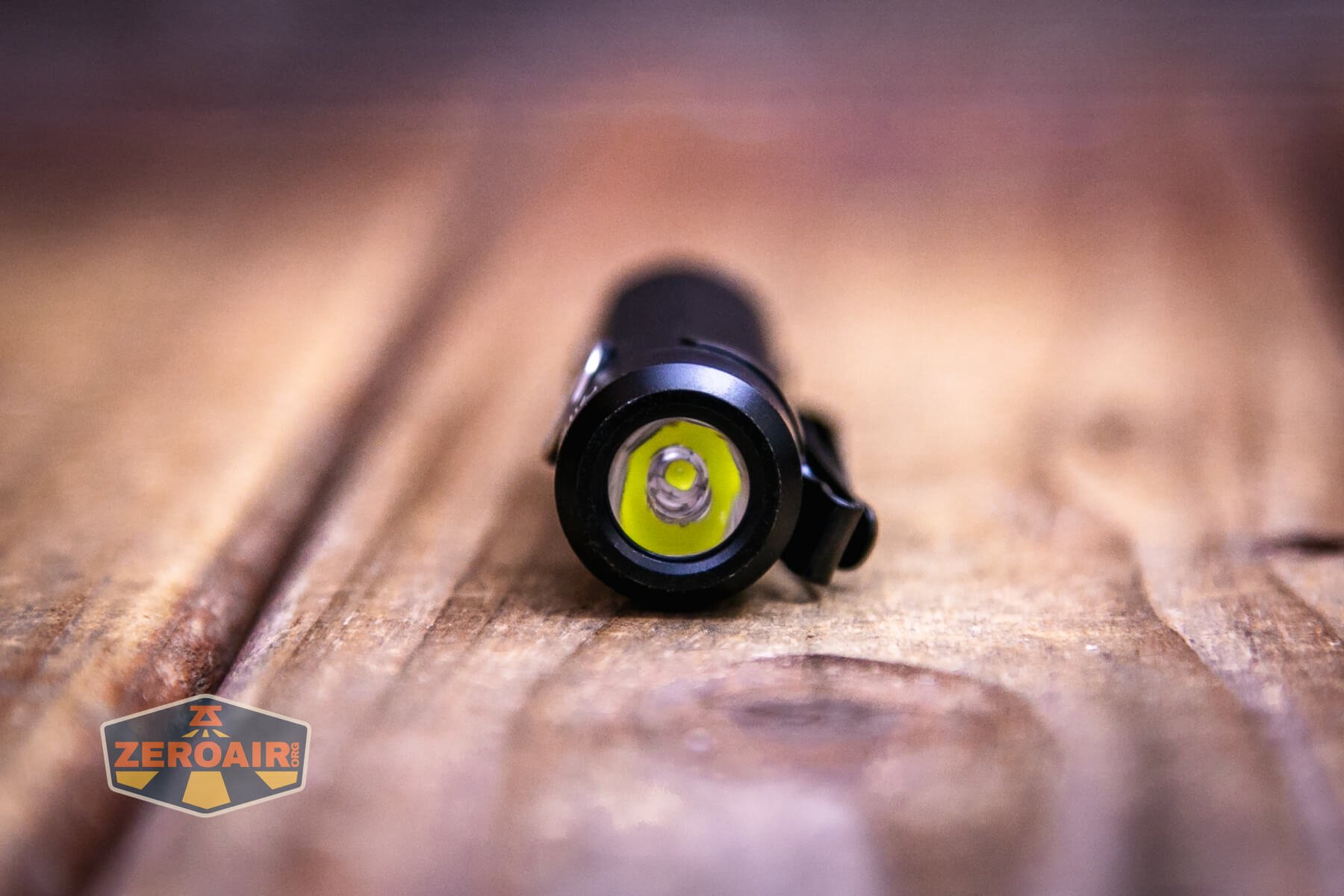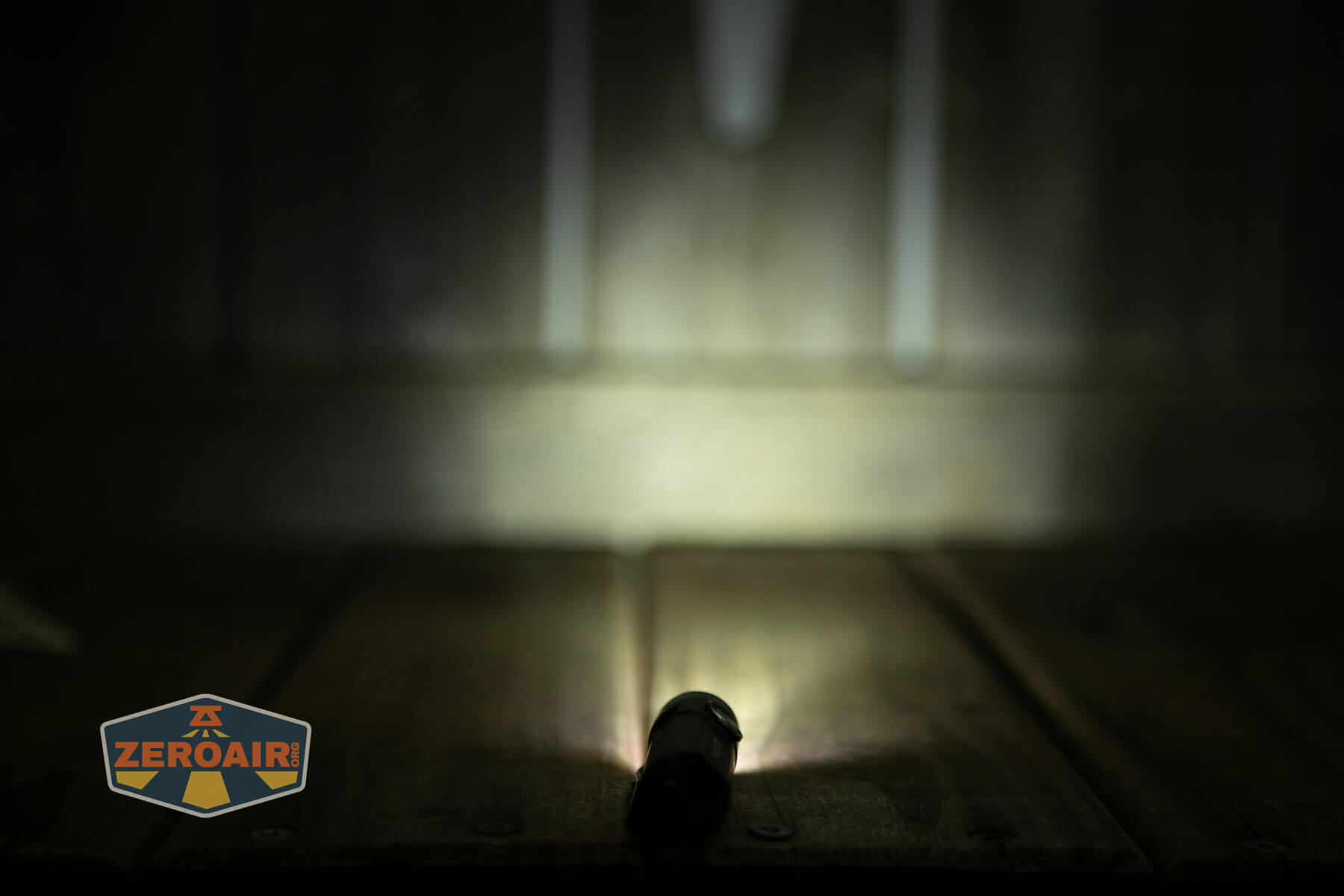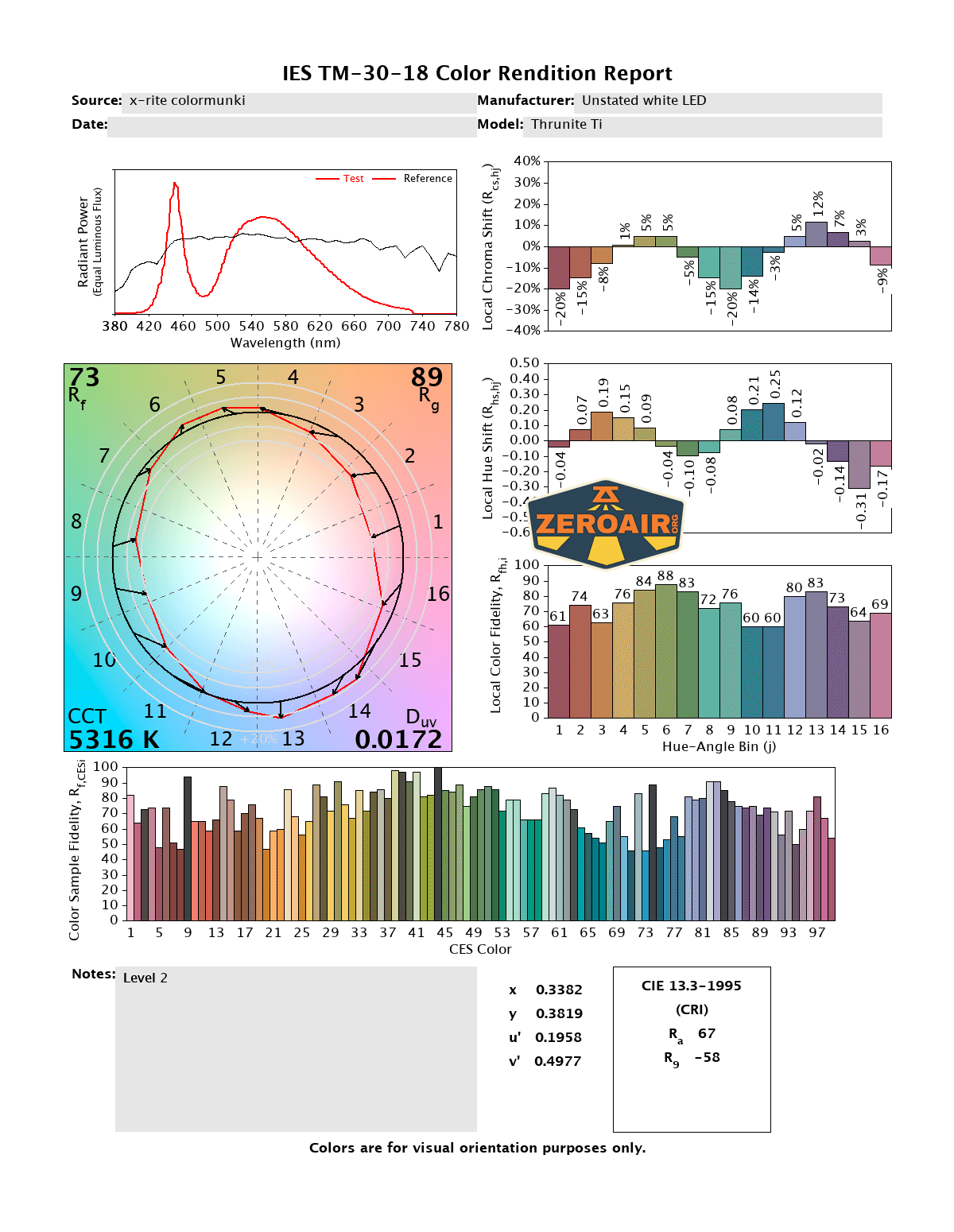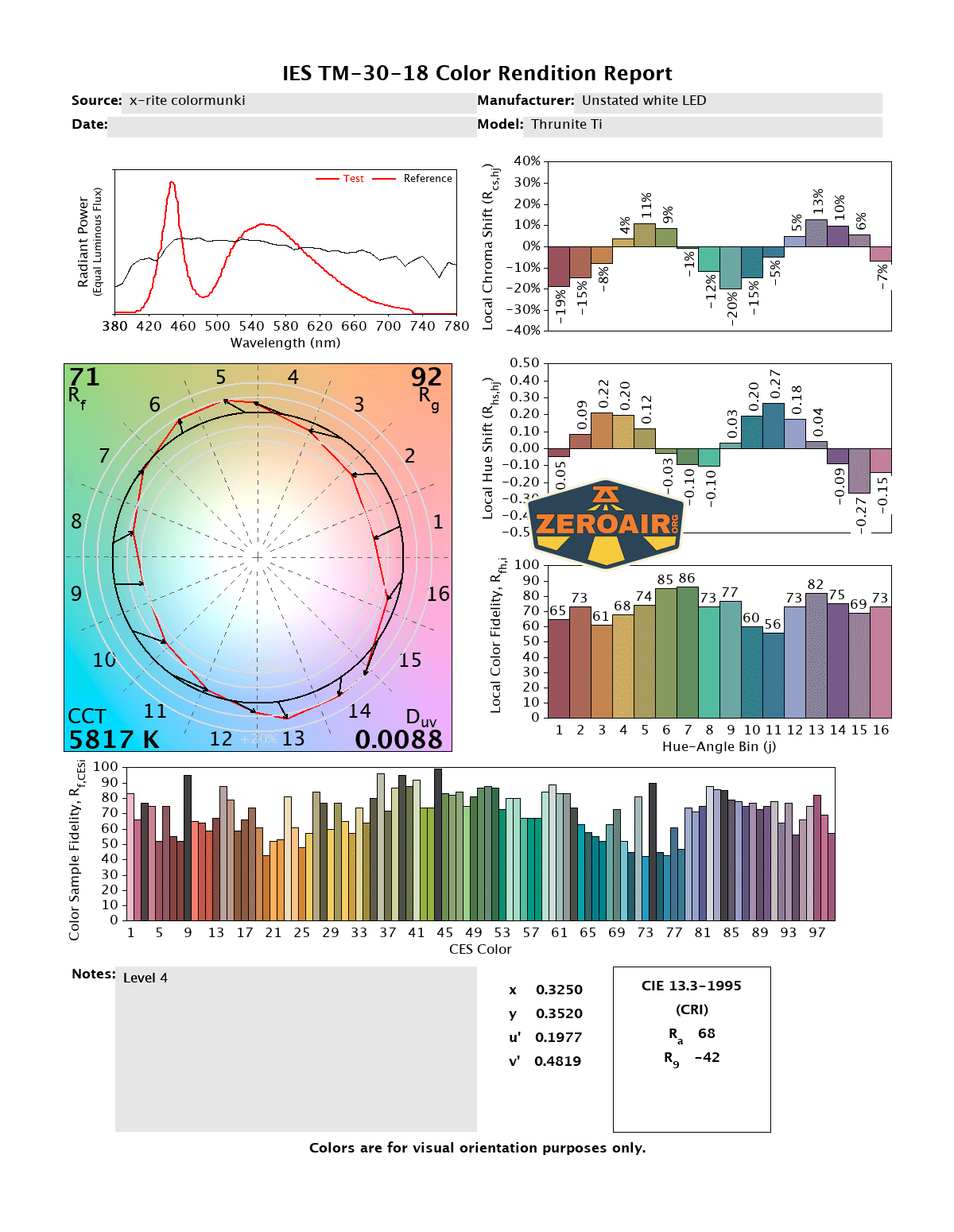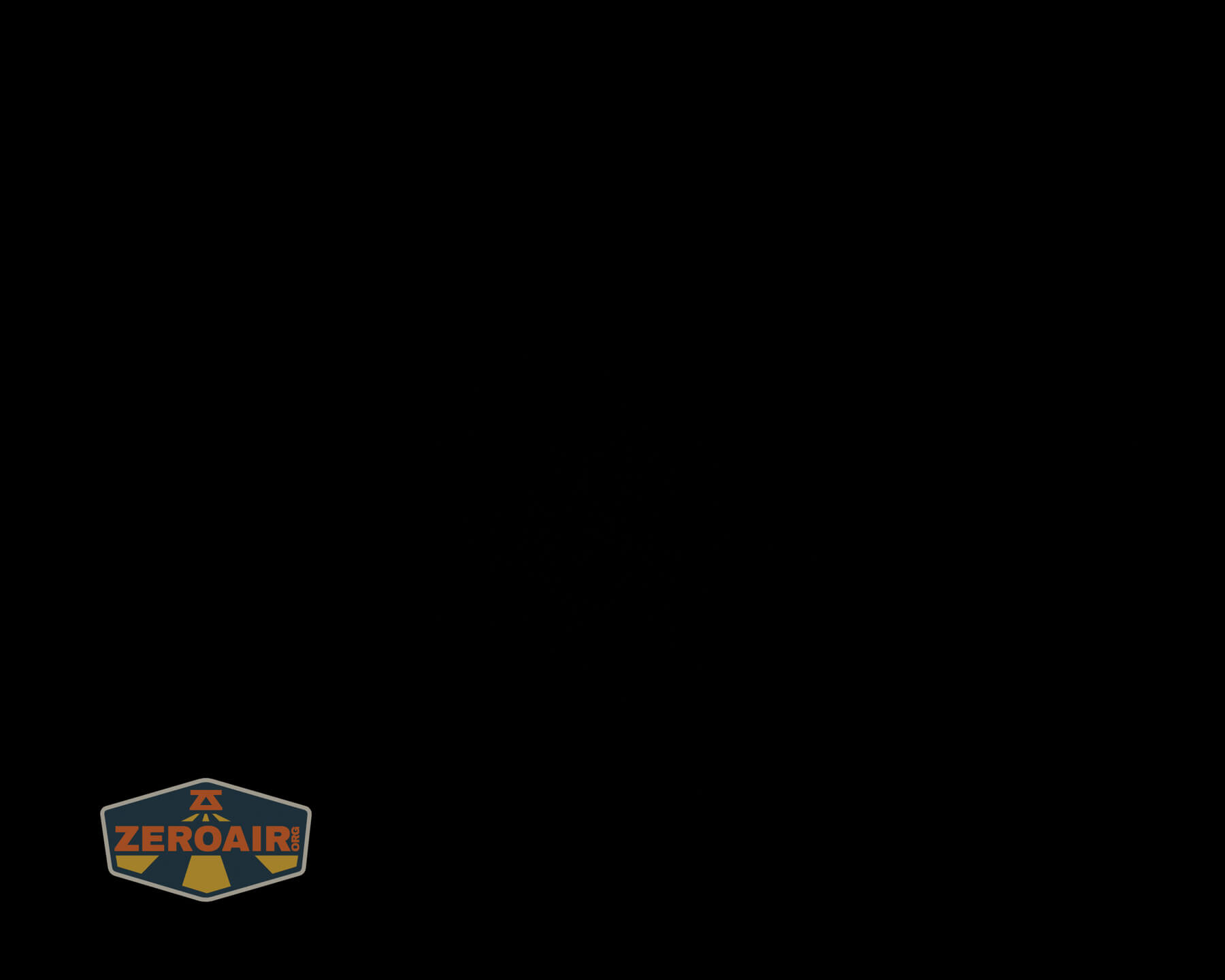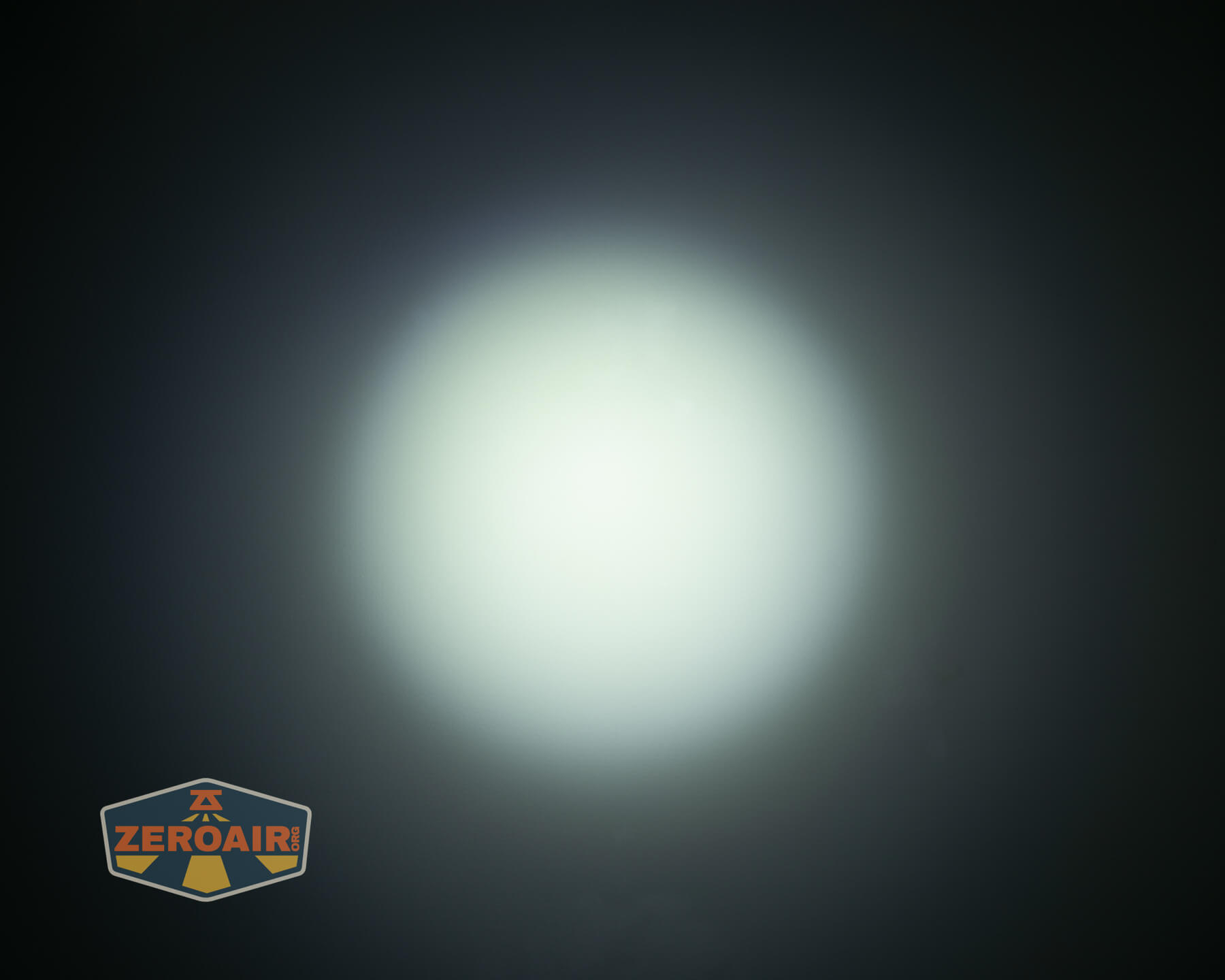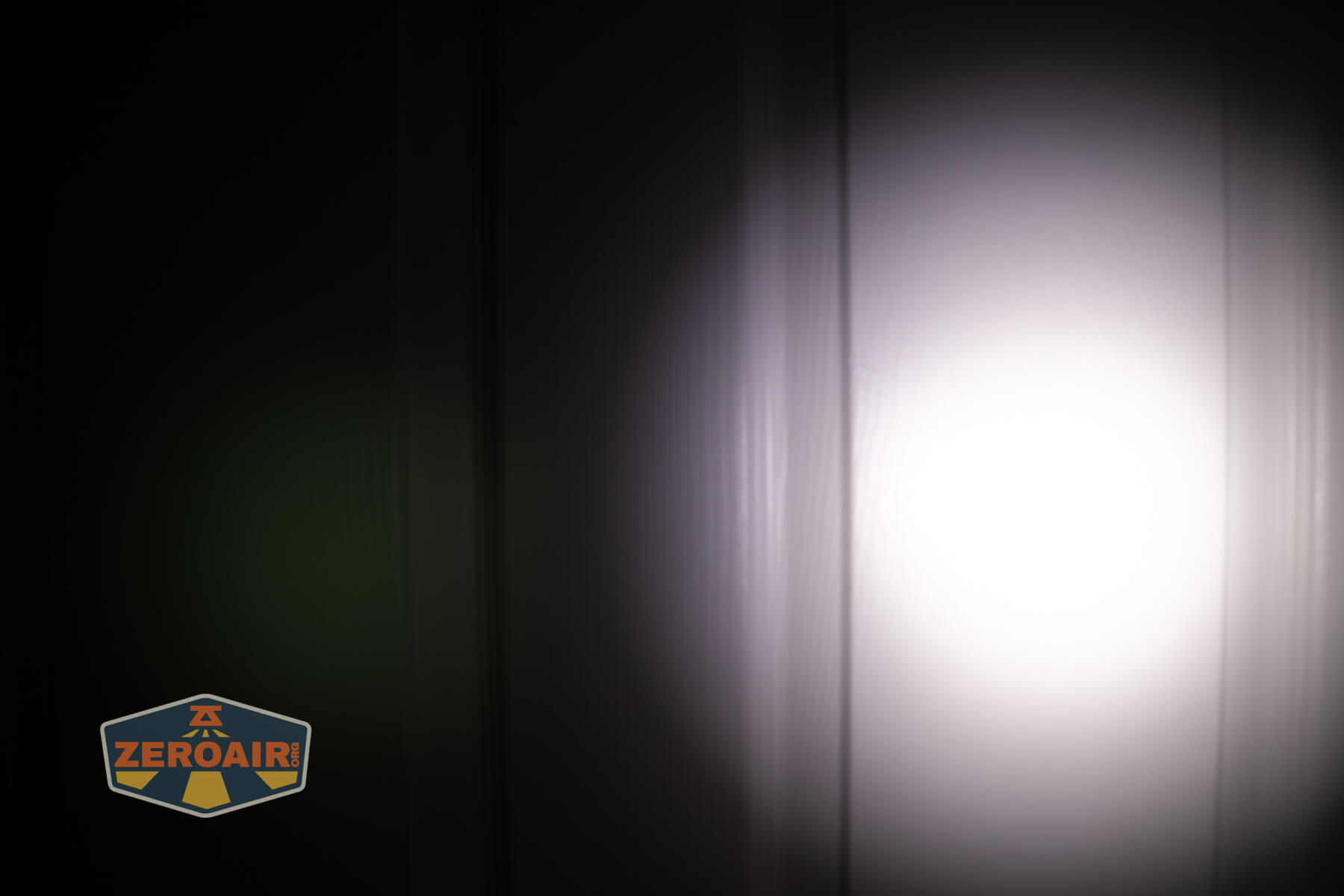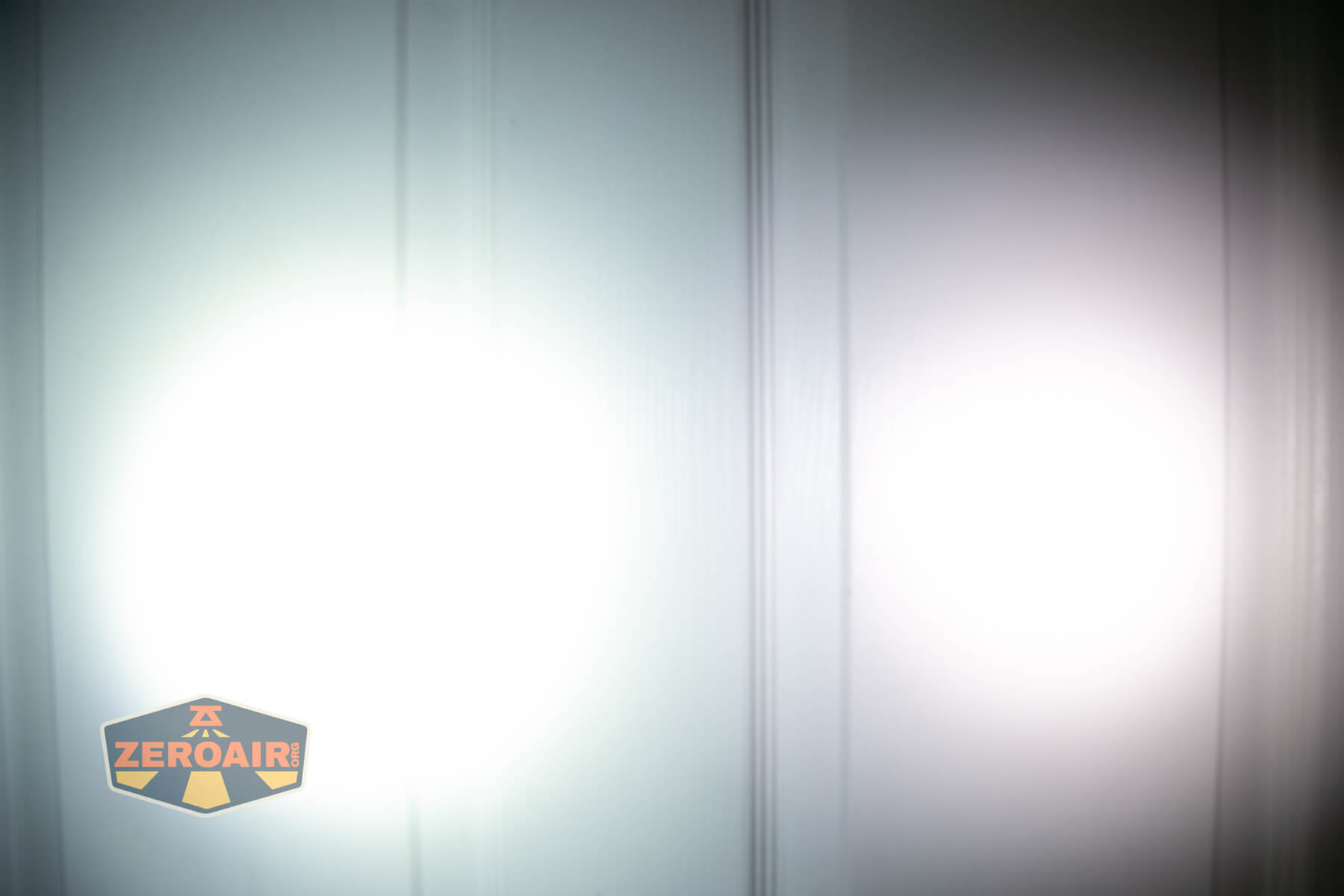Thrunite Ti Keychain Flashlight Review
The Thrunite Ti keychain flashlight offers USB-C charging and a simple user interface. It has multiple carry options and is inexpensive, too! Read on!
Official Specs and Features
Here’s a link to the Thrunite Ti keychain flashlight product page.
Versions
I see just one version of this Thrunite Ti keychain flashlight. However, as this is the “704 Tactical” customized version, there’s probably a non-customized version, too.
Price
List price for the Thrunite Ti keychain flashlight is around $25, but it’s available through this referral link on Amazon for under $18!
What’s Included
- Thrunite Ti keychain flashlight
- Charging cable
- Split ring
- Charge port cover spare
- Manual
Package and Manual
Build Quality and Disassembly
The Thrunite Ti keychain flashlight has a fairly standard build style and quality for this genre of light. It’s very similar to other lights by RovyVon and Nitecore, etc. The main difference I see here is that the tail magnet is built into the body. I do consider that an improvement, albeit a fairly trivial one.
There’s nothing readily able to be disassembled on the Thrunite Ti keychain flashlight.
Size and Comps
60.8mm x 16.5mm x 21.4mm and 26.5g
If the flashlight can headstand, I’ll show it here. If it can tailstand, I’ll also show that here!
Here’s the test light with the venerable Convoy S2+. The version below is a custom laser-engraved Convoy S2+ host by GadgetConnections.com. I did a full post on an engraved orange host right here! Or go straight to GadgetConnections.com to buy your Convoy S2+ now!
Also in the photo above, my Standard Reference Material (SRM) flashlight is the Hanko Machine Works Trident, an 18350 light. While I have not reviewed or tested the Gunner Grip version seen here, I have tested a Hanko Machine Works Trident Total Tesseract in brass. I love the Trident, and it’s a striking contrast to the inexpensive Convoy S2+, another great SRM.
Retention and Carry
A two-way, friction-fit pocket clip ships already attached to the Thrunite Ti keychain flashlight. It attaches only to the head end and allows deep carry of the light.
As mentioned above, there’s a built-in tailcap magnet here as well.
It’s strong enough to hold the 704 Tactical Thrunite Ti keychain flashlight.
That’s it for included carry options!
Power and Runtime
Thrunite doesn’t say what capacity the built-in battery on the 704 Tactical Ti flashlight has. They do claim 650 lumens, but even initially, the light doesn’t hit that.
Once the light steps down on the highest mode, it’s fairly stable throughout the run, until finally shutting off.
Output isn’t exceptional, nor is it exceptionally bad. It’s about what you should expect for around $18.
The temperature lines in these charts are included as general context, not precise measurements. The values represent the range (min to max) during testing, but should not be taken as exact readings. Temperature sensors are attached however feasible and not always on the bezel or hottest spot (assuming that can even be clearly defined). Even with ideal placement, too many variables affect temperature to definitively state a specific max value.
Charging
The Thrunite Ti keychain flashlight has a USB-C charging port on the tail. It’s on the clip side, but the clip doesn’t get in the way of the charging port.
A USB-A to USB-C charging cable is included. I say just leave that out and save a couple of dollars on the package. Most everyone should be able to find a C charging cable these days!
Charging is very low current (around 0.26A), but charging the small built-in battery doesn’t take too long. Generally, it’s done (and the indicator turns from red to green) in about 1.5 hours. If you leave it charging, it will probably blip a bit of power “after a while.” So best practice is to remove the light when the indicator turns green.
Modes and Currents
| Mode | Mode Claimed Output (lm) | Claimed Runtime | Measured Lumens |
|---|---|---|---|
| High | 650 | 1h35m | 578 (0s) 407 (30s) |
| Medium | 200 | 2h20m | 157 (0s) 141 (30s) |
| Low | 30 | 9.5h | 22 |
| Firefly | 0.2 | 51gh | 0.6 |
Pulse Width Modulation
The lowest mode of the Thrunite Ti keychain flashlight doesn’t use PWM. All three higher modes do, though.
Click here to see a “baseline” – a chart with almost no light hitting the sensor.
Then there’s the Ultrafire WF-602C flashlight, which has some of the worst PWM I’ve seen. It’s so bad that I used a post about it to explain PWM! Here are multiple timescales (10ms, 5ms, 2ms, 1ms, 0.5ms, 0.2ms) to make comparing this “worst” PWM light to the test light easier. That post also explains why I didn’t test the WF-602C at the usual 50us scale.
User Interface and Operation
The Thrunite Ti keychain flashlight uses a single e-switch for operation. Just below (but not a part of) the e-switch is an indicator LED, which can be red or green (green is seen below).
Here’s a user interface table!
| State | Action | Result |
|---|---|---|
| Off | Double click | On (Memory) |
| On | Hold | Off |
| Any | Click 3x | Strobe |
| Strobe | Click | Off |
| On | Click | Mode advance |
LED and Beam
Thrunite doesn’t say what the emitter is, other than a “High performance LED” that uses a “PMMA TIR.”
Whatever the case, I like the beam profile.
LED Color Report (CRI and CCT)
Here we can see that the CCT is high (cool) but not super cool. It peaks at around 5800K. CRI is low (or “very low”).
CCT (Correlated Color Temperature) refers to the measurement of the color appearance of light, expressed in Kelvins (K), which indicates whether the light is warm (yellowish) or cool (bluish). A lower CCT (below 3000K) is considered warm light, while a higher CCT (above 5000K) gives cooler, bluish light.
CRI (Color Rendering Index) is a measure of how accurately a light source renders colors in comparison to natural sunlight. Scored on a scale from 0 to 100, higher CRI values indicate that colors appear more true to life and vibrant, similar to how they would look under the sun.
Beamshots
These beamshots always have the following settings: f8, ISO100, 0.3s shutter, and manual 5000K exposure. These photos are taken at floor level, and the beam hits the ceiling around 9 feet away.
In the last couple of photos above, you can see why I really like the beam profile – it’s a tight and even circle with not too much spill. I think these are some of the most useful beam profiles!
Tint vs BLF-348 (KillzoneFlashlights.com 219b version) (affiliate link)
I keep the test flashlight on the left and the BLF-348 reference flashlight on the right. These photos are taken around 18 inches from the door.
I compare everything to the KillzoneFlashlights.com 219b BLF-348 because it’s inexpensive and has the best tint!
Summary and Conclusion
At an MSRP of $25, this light is fine. At an Amazon price of around $18, it’s much more compelling. I don’t love the cool white emitter choice, but I do like the beam profile and modes, particularly that there’s a very low level. Mode memory is going to be a user preference type of thing (but it’s not my preference, so I don’t like that.) Charging works great and is reasonably quick. Again, for around $18, it’s a good keychain light option.
The Big Table
| Thrunite Ti keychain flashlight | |
|---|---|
| Emitter: | Unstated white LED (Cool White) |
| Price in USD at publication time: | $17.95 on Amazon |
| Cell: | Internal |
| Runtime Graphs | |
| LVP? | ? |
| Switch Type: | E-switch |
| Quiescent Current (mA): | ? |
| On-Board Charging? | Yes |
| Charge Port Type: | USB-C |
| Charge Graph | |
| Power off Charge Port | all modes |
| Claimed Lumens (lm) | 650 |
| Measured Lumens (at 30s) | 407 (62.6% of claim)^ |
| Candela per Lumen | 7.4 |
| Claimed Throw (m) | 105 |
| Candela (Calculated) in cd (at 30s) | 121lux @ 4.714m = 2689cd |
| Throw (Calculated) (m) | 103.7 (98.8% of claim)^ |
| Claimed CCT | – |
| Measured CCT Range (K) | 5300-5800 Kelvin |
| Item provided for review by: | Thrunite |
| All my Thrunite reviews! | |
^ Measurement disclaimer: Testing flashlights is my hobby. I use hobbyist-level equipment for testing, including some I made myself. Try not to get buried in the details of manufacturer specifications versus measurements recorded here; A certain amount of difference (say, 10 or 15%) is perfectly reasonable.
What I like
- Low price
- Good beam profile
- Very low lowest mode
What I don’t like
- Low CRI
- High CCT
- Massive stepdown after not hitting output targets
Notes
- This content originally appeared at zeroair.org. Please visit there for the best experience!
- Please use my Amazon.com referral link to help support zeroair.org!
- Please support me on Patreon! I deeply appreciate your support!








